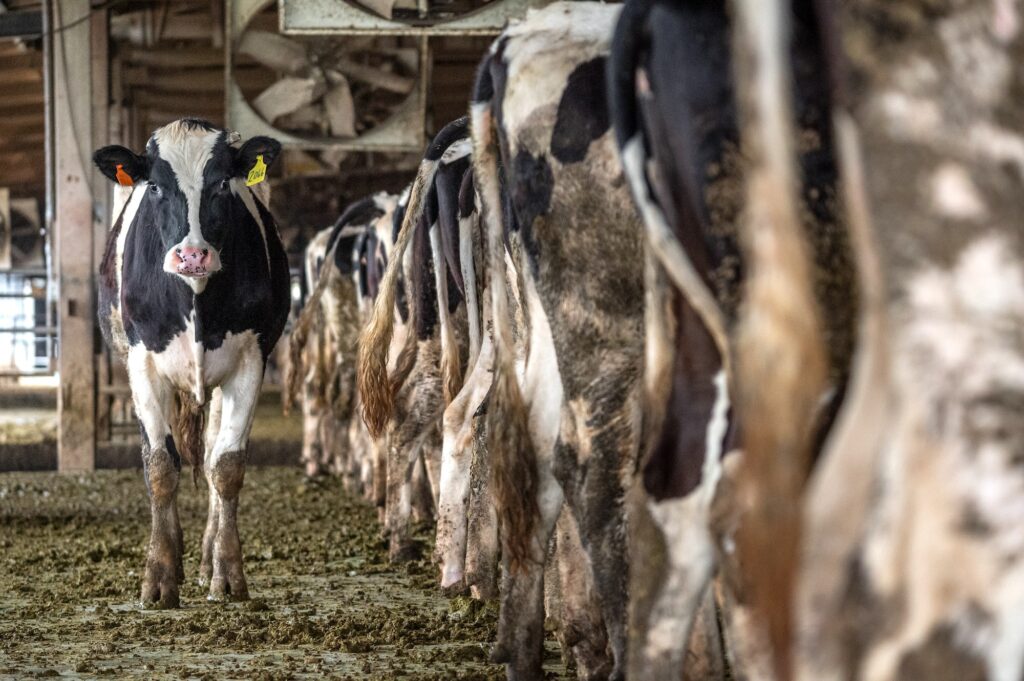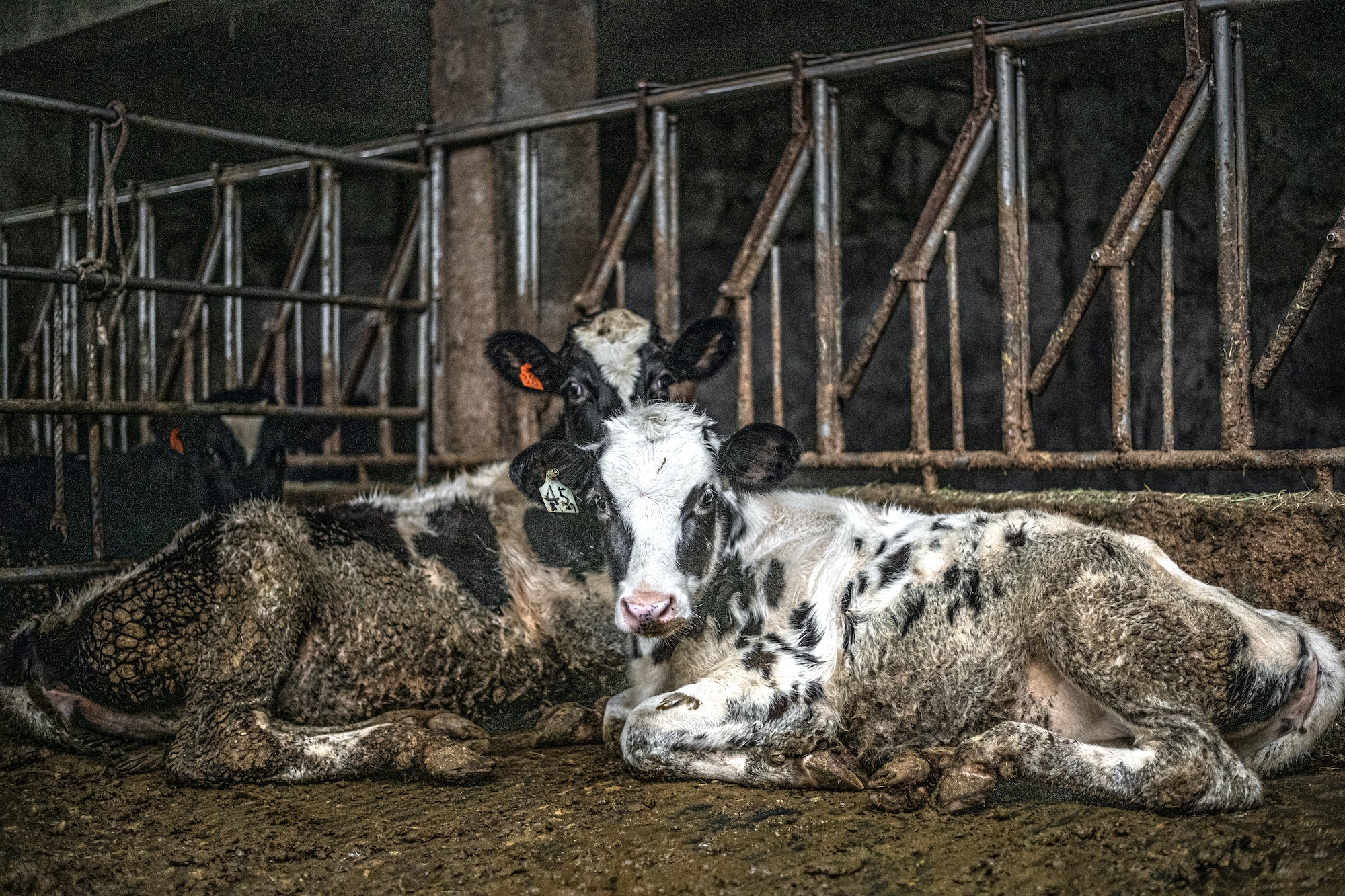When I stopped eating chicken, pork, and beef almost three years ago, I didn’t do so thinking that such an act was in service of some big movement. I wasn’t bent on making a case for animal welfare, let alone articulate the indignation and horror I felt towards animal butchery. Also, seafood remains to be a considerable part of my diet—I am, as some people point out, partial to the rights of only a select few animals. Did fish feel less pain? Was that why I continue to eat them?
The question of animal pain as it relates to vegetarianism is a strong, convincing case. But it’s certainly not strong enough to compete with the pleasures of eating meat. While most people would surely be disturbed when faced with the realities of animal butchery, only a few will come out of that experience vowing to act upon the horrors they’ve witnessed. Meat is simply an inextricable part of cuisine and culture, of human relationships and family traditions. No amount of moral reasoning can change that.
To be an avid meat consumer in this day and age is to not just simply enjoy meat—it also means contributing and falling victim to the dangerous capitalist system that produces it.
In this sphere of concern, philosophical questions—why we keep some animals as pets and kill others for food—are ultimately irrelevant. These are questions that can only truly engage a few but framing the dilemma a bit differently, things become much more inclusive. Industrial animal agriculture and whether or not we should support it is everyone’s concern because it encompasses health, environmental, economic, and social issues. To be an avid meat consumer in this day and age is to not just simply enjoy meat—it also means contributing and falling victim to the dangerous capitalist system that produces it.
What is factory farming?
The name tells you as much: Factory farming is a production system in which animals are inhumanely treated in order to maximize production output at the lowest cost possible. Cramming chickens into impossibly small and filthy windowless sheds and injecting them with hormones, slamming piglets headfirst onto concrete floors, force-feeding ducks, dehorning and feeding an unnatural grain diet to cattle—these are just a few of the common practices in factory farms.
Inhumanity certainly cuts cost. To save space and house as many chickens as possible, eight to nine hens are kept in a small wire battery cage, allowing each hen about 67 square inches of space (that’s smaller than a standard sheet of paper). These chickens have no choice but to live in their own stench, confined for 30 to 35 days at which point they are either gassed or stunned to death.
As for cattle, the grains they are usually fed are artificially cheap (subjected to government intervention) and come with “byproduct feedstuff” in the form of restaurant waste, chicken feathers, manure, and municipal garbage. Some cattle are even fed meat that had been cut off from other cattle.
Output maximization accounts for another horrible practice: To increase fat content and allow slaughtering within 14 months, cattle are also fed corn—a grain that these animals are not biologically designed to ingest. Corn disturbs a cow’s digestive system; it stresses them out. Industrial farmers then inject them with antibiotics to relieve them of this pain and stress. All of this takes place in feedlots—a contrast to the few small organic farms that let cattle eat grass in open fields.
Chicken slaughtering practices are equally disturbing: Because they live in their own waste, these factory-farmed chickens are extremely prone to fecal contamination and, by extension, E. coli infection. According to some studies, more or less 95 percent of industrial farmed chickens are infected with the bacteria.
This system is not the exception but the rule: Forty-three percent of the world’s beef comes from these feedlots. More than half of the world’s pork and poultry are raised in factory farms. There is no doubt that we have all, at least once, eaten meat produced this way. To this day, billions of people continue to live off factory-farmed meat, and you may be one of them.

The West remains to be the hub of this ever-expanding industry. In the US, 99.9 percent of chickens, 95 percent of pigs, and 78 percent of cattle are factory-farmed. Developing countries are not so far behind. According to environmental research organization Worldwatch Institute, the Philippines is one of the Asian leaders when it comes to industrializing agriculture, having one of the fastest growing livestock sectors in the world. Each year, about 500 million chickens and 20 million pigs are inhumanely slaughtered.
Environmental and health risks
Industrial agriculture is the second largest contributor to human-made greenhouse gas, emitting about 18 percent of such gases—that’s more than the combined exhaust from all transportation. It is also one of the leading causes of deforestation, water and air pollution, and biodiversity loss.
At a micro level, the facts are even more daunting. Take cesspools, for one. These football field-sized lagoons built by industrial hog farms serve as storage for pig manure. Once these pools start overflowing, these factory farms resort to spraying liquefied pig manure into the air. This practice has been linked to maladies such as mood swings and memory loss.
Chicken slaughtering practices are equally disturbing: Because they live in their own waste, these factory-farmed chickens are extremely prone to fecal contamination and, by extension, E. coli infection. According to some studies, more or less 95 percent of industrial farmed chickens are infected with the bacteria.
E. coli can cause bloody diarrhea, dehydration, and even kidney failure. The problematic farming methods do not stop there. After these chickens are slaughtered, they are then injected with a kind of salty solution in order to make them heavier and give them that classic chicken taste we have come to love. Nobody knows exactly what goes into this mysterious “broth,” but a four-ounce chicken injected with it typically has about 440 milligrams of sodium, which is about 20 percent of the recommended daily sodium intake.
Meat in a most unsustainable system
Factory-farmed meat is usually defended on the basis of affordability. These corporations run their businesses on the idea that they are only trying to make meat more affordable and accessible to everyone. Arguments against factory farming are then rendered elitist and misguided—why take away a delicious commodity that practically everyone can afford? The thing is, though, it’s neither delicious nor cheap. Jonathan Safran Foer, author of the book “Eating Animals,” puts it best in an interview:
“We pay very little at the cash register, but we pay and our kids are going to pay for the environmental toll. Obviously the animals are paying, rural communities are paying. And for what? So that corporations can prosper. The huge agribusiness-companies make hundreds of millions and sometimes billions of dollars, not in the name of feeding the world, but in the name of making something that’s so cheap that people become literally addicted to it.”
Profit maximization is what defines our current food system. Feeding the world is the least of a factory farm’s concern. In fact, through some of its practices, the problem of world hunger has become worse. It takes between six and 26 calories of food to make one calorie of meat. The animals in these farms are fed, as a rule, foods that humans can eat—namely corn and soy. Ninety eight percent of the world’s soy crop goes to livestock now, when in fact these animals (cows in particular) are supposed to be fed grass. The whole system has thus been perverted, making for not only an inhumane but also an unsustainable food system.
The thing to remember is that industrialized farming feeds off the continuously growing demand for it. Almost everybody buys and eats factory-farmed meat. If the demand for this market somehow dramatically decreases, then these farms won’t have reason to continue what they’re doing.
We don’t all need to be vegans or vegetarians. These are extremes that suggest complete ideological consistency, when a lot can already be achieved by making small ideal changes. According to Foer, if we remove at least one serving of meat from our weekly meals, it would be like taking away five million cars from the road.
The thing to remember is that industrialized farming feeds off the continuously growing demand for it. Almost everybody buys and eats factory-farmed meat every day. If the demand for this market somehow dramatically decreases, then these farms won’t have reason to continue what they’re doing.
There are a lot of farms that uphold humane practices—why not support them instead? It seems like an unrealistic, futile battle to take on but the effects of our daily choices shouldn’t be undermined.






I appreciate the research that has gone into writing this article, I’ve been reading up a lot on this too since becoming a mother. However, it would be nice to see a list of the lot of “farms that uphold humane farming practices.” I would like to know if corporations claiming to sell free range chickens and meat are true to their claim. And I think it would be worth a look at the standards these companies, big or small, take to get that “organic”, “pasture-raised”, and “free range” label on your products. I wonder what those standards are in the Philippines, since in first world countries the minimum to get certified are still sketchy. So who do we support? Who’s using the said terms for gain? Are there more affordable, more accessible places to go to? What’s hard in this country is, despite being Informed, the options appear limited to help make the change.